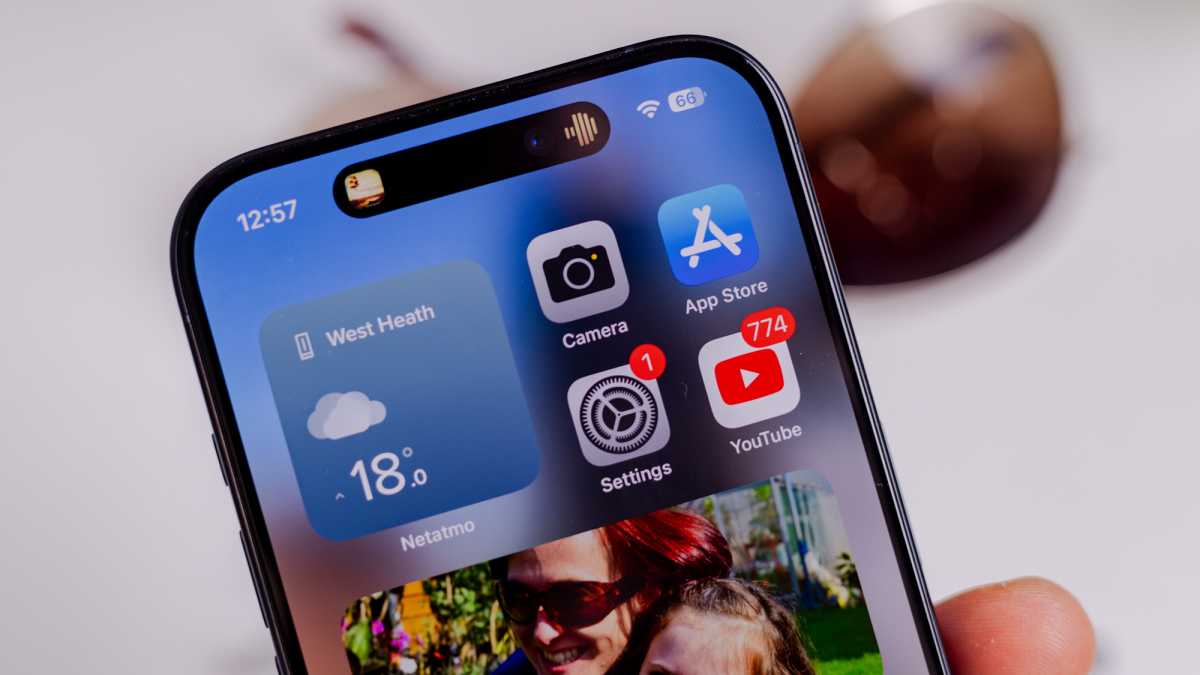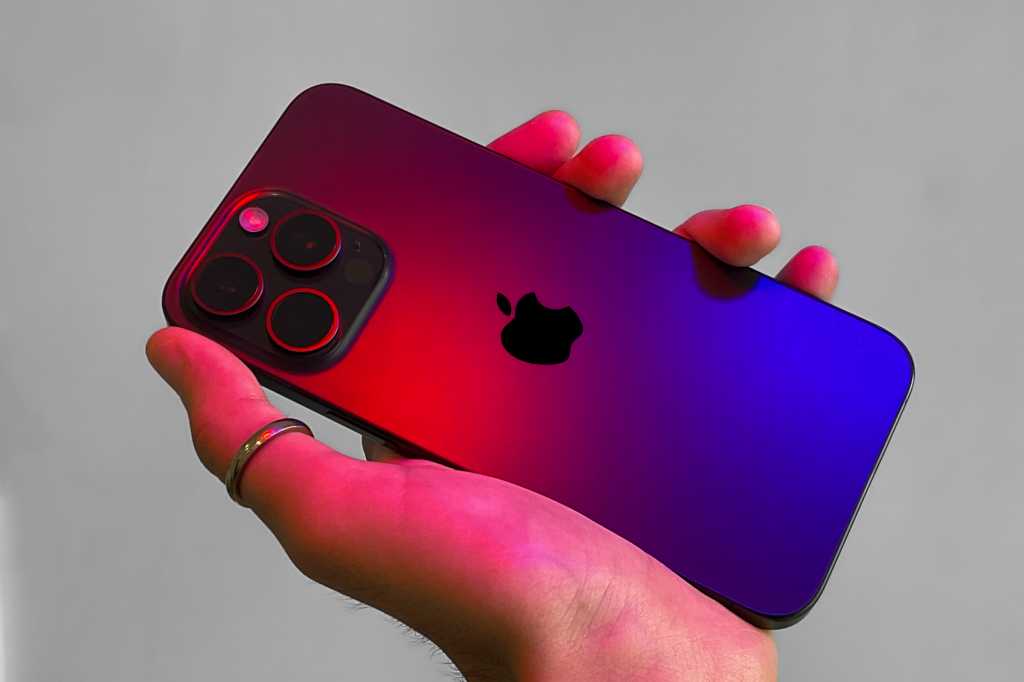The rumor mill never stops when it comes to Apple’s iPhones.
The iPhone 16 series has only just been released, but there are already rumors of the iPhone 17. Since Apple is notoriously secretive, these early leaks and rumors only add to the excitement.
If you want to know why you should wait for the iPhone 17, here’s a breakdown of everything we know so far about the entire lineup. However, remember that nothing is finalized until Apple announces it.
When will the iPhone 17 be released?
Apple typically unveils its new iPhone series in September, often on the Tuesday of the second week. Based on this pattern, we can expect the iPhone 17 to be announced around this time September 9, 2025.
Here’s a look at the release dates of recent iPhones:
- iPhone 16: September 9, 2024
- iPhone 15: September 12, 2023
- iPhone 14: September 7, 2022
- iPhone 13: September 14, 2021
- iPhone 12: October 13, 2020 (delayed due to Covid)
Pre-orders usually open on the Friday after the announcement, with devices shipping a week later. Occasionally, specific models may experience minor delays due to production issues.
How much will the iPhone 17 cost?
Pricing data for the iPhone 17 remains speculative. However, according to Ice Universe on Weibo, the ‘Plus’ model could be replaced by a new ‘Air’ or ‘Slim’ model, which would be priced higher than the Pro Max.
The speculated prices are as follows:
- iPhone 17: 6.27-inch LTPO display, A19/8GB ($799/£799)
- iPhone 17 Pro: 6.27-inch LTPO display, A19 Pro/12GB ($1,099/£1,099)
- iPhone 17 Pro Max: 6.86-inch LTPO display, A19 Pro/12 GB ($1,199/£1,199)
- iPhone 17 Air/Slim: 6.65-inch LTPO display, A19/8GB ($1,299/£1,299)
If these rumors are true, we could see a notable increase in the overall cost of the iPhone range, with the price of the Pro model rising by $100 and a new high-end model surpassing the Pro Max.
What specifications and features will the iPhone 17 have?
iPhone 17 Air
The iPhone 17 Air, previously called the iPhone 17 Slim, is expected to be released in 2025 (possibly along with the rest of the iPhone 17 series) and could serve as a mid-range model in Apple’s lineup, positioned between the iPhone 17 and iPhone 17 Pro.
Analyst Jeff Pu of Haitong International (via 9to5mac) was the first to report this change and The Information later reported on the ‘Air’ or ‘Slim’ model, stating that it would be a new, even more expensive model that would sit above Pro stands. Max in the lineup.
However, according to Mark Gurman, this new device will be positioned between the iPhone 17 and iPhone 17 Pro. It could be aimed at users who want more premium features than a standard iPhone, but don’t need the high performance, larger screen or advanced camera systems of the Pro models.
Dominik Tomaszewski / Foundry
According to Pu (via MacRumors), the iPhone 17 Air will run on the A19 chip (not the A19 Pro), have 8GB of RAM, and feature a single 48MP rear camera, along with a 24MP front-facing camera, making it a strong contender for users who want premium features without the high price of the Pro models.
It’s also expected to feature a 6.6-inch screen (slightly smaller than the iPhone Plus models), Face ID, a Dynamic Island cutout and an aluminum chassis, with a design that could make it significantly thinner than previous models. This would fit in with rumors that Apple is working on ultra-thin OLED screens using Novatek’s TDDI technology.
The price of the iPhone 17 Air will likely be higher than the standard iPhone 17 but lower than the Pro models, although the exact price remains unknown.
Design
Apple could introduce a new screen size for the standard iPhone 17 model in 2025. The iPhone 17 could measure 6.3 inches, up from 6.1 inches, which would make it the same size as the iPhone 16 Pro.
Rumors suggest Apple plans to eliminate the Plus model by 2025, so there may only be one cheaper device, and at 6.3 inches this would be between the size of the current 6.1 inch iPhone 15 and the 6.7 inch iPhone lying down. 15 Plus.

Dominik Tomaszewski / Foundry
A notable rumor also suggests that Apple may introduce a new green color option for the iPhone 17 Pro models.
According to leaker Majin Bu, Apple is testing several color codes, including #004349 (Teal Titanium), #4f00b7 (Green Titanium), and #003800 (Dark Green Titanium). While these color choices aren’t finalized yet, there’s a good chance a Teal Titanium variant will make it to the final lineup.
The iPhone 17 Pro could mark a departure from Apple’s traditionally more subdued color options for its Pro models, which currently include black, white, gold, and gray for the iPhone 16 Pro. The introduction of green options would appeal to those who want more vibrant choices in Apple’s premium range.
Display
According to The Elec, all models in the iPhone 17 series are expected to feature LTPO displays, with sizes ranging between 6.27 inches and 6.86 inches. The always-on display, previously exclusive to Pro models, will also reportedly become standard across all versions.
A Chinese leaker, Ice Universe, claims that the non-Pro models of the iPhone 17 will feature an LTPO display for the first time, with a variable 120Hz refresh rate, similar to many recent Android flagships. This could indeed pave the way for always-on display support, although Apple may still reserve this feature for the Pro models.
Apple is also said to be working with Corning on a new anti-reflective and scratch-resistant glass for the iPhone 17 series. That rumor comes from the Instant Digital account on Weibo.

Dominik Tomaszewski / Foundry
It is rumored (via DigiTimes) that the iPhone 17 Air/Slim will feature a new ultra-thin OLED display, which could make the device significantly thinner. This is made possible by Novatek’s TDDI (Touch and Display Driver Integration) OLED panel, which integrates the touch sensor and display driver into one layer.
While DigiTimes suggests that Apple could adopt this technology for the iPhone 17 Air/Slim, it’s possible that the company could test it on other devices such as the Apple Watch or iPads before introducing it to the iPhone.
Performance
All models of the iPhone 17 will likely be powered by Apple’s A19 chip, although only the Pro and Pro Max variants are expected to get the more powerful A19 Pro.
Previously, Ice Universe said that the Pro and (alleged) Air/Slim models may include the A19 Pro variant. However, Jeff Pu now reports (via MacRumors) that the latter will feature the standard A19 chip, produced using TSMC’s advanced 3nm process, delivering high efficiency and performance gains.
According to a report from Chinese site CTEE, Apple plans to introduce 2nm chips for its iPhone 17 series in 2025, with these advanced chips expected to be used exclusively in the iPhone 17 Pro and iPhone 17 Pro Max models .
These chips can be produced by TSMC, although the Taiwanese company is currently facing production challenges due to the low yields of the new 2nm process technology. However, despite these issues, Apple has reportedly secured all of TSMC’s 2nm capacity.
Trial production will begin in the third quarter of 2024, allowing TSMC to remain competitive in the chip manufacturing market against rivals such as Samsung and Intel.

Dominik Tomaszewski / Foundry
A rumor from GSMArena suggested that all iPhone 17 models would come with 12GB of RAM, but analyst Ming-Chi Kuo clarified that only the iPhone 17 Pro Max will have 12 GB, while the iPhone 17, iPhone 17 Plus/iPhone 17 Air/Slim, iPhone 17 Pro and the upcoming iPhone SE will retain 8 GB of RAM.
Despite Apple’s efforts to develop its own 5G modem, the iPhone 17 series will likely still rely on Qualcomm for cellular connectivity. Support for Wi-Fi 7 is also expected.
Cameras
On the camera front, the iPhone 17 Air (via MacRumors) is expected to have a single 48Mp camera on the back.
In January, Ming-chi Kuo proposed a significant upgrade to the front camera, with all models sporting a 24Mp sensor, up from the current 12Mp selfie camera.
In more recent research (via MacRumors), analyst Jeff Pu has backed Kuo’s speculation. Pu’s note to investment bank Haitong also included a chart indicating a 24MP front camera with a 6P lens for the series.

Dominik Tomaszewski / Foundry
While the launch is still a year away and plans could change, the consistency in reports suggests that the 24Mp selfie camera feature is likely to be used.
In another Medium post, Kuo also said that the iPhone 17 Pro Max is expected to feature a 48Mp wide camera, a 48Mp ultra-wide camera, and a 48Mp tetraprism telephoto camera, making it the first iPhone with three 48Mp cameras.
Chinese leaker Ice Universe also claims that the Pro versions of the iPhone 17 will include three 48Mp cameras covering wide-angle, telephoto and ultra-wide angles.
Battery and charging
According to Leaker Majin Bu, Apple is about to introduce an innovative electrically induced battery removal technology across the entire iPhone 17 range, including the iPhone 17, iPhone 17 Air, iPhone 17 Pro and iPhone 17 Pro Max .
This technology reportedly builds on the adhesive mechanism of the iPhone 16 and iPhone 16 Plus, which allowed users to easily detach the battery by applying a low-voltage electrical current.
The adhesive softens when connected to a 9V battery, USB-C charger or other power sources, making battery maintenance and replacement more user-friendly.
Majin Bu also shared images referring to adhesive variants for various iPhone 17 models. However, its track record on Apple leaks is mixed, so while the expansion seems logical, it has yet to be confirmed by other sources.
Software
The iPhone 17 series launches with iOS 19, packed with new features and improvements.
Apple Intelligence will play an increasingly important role and will require more RAM to support the advanced functionalities.
The iPhone 17 Air, which is expected to come equipped with 8GB of RAM, should be well positioned to meet these new software requirements and provide users with a smooth and responsive experience.

Dominik Tomaszewski / Foundry
That’s all we know about the iPhone 17 series at the moment. While we wait for more news, check out what the brand new iPhone 16 series has to offer and where you can buy it.

